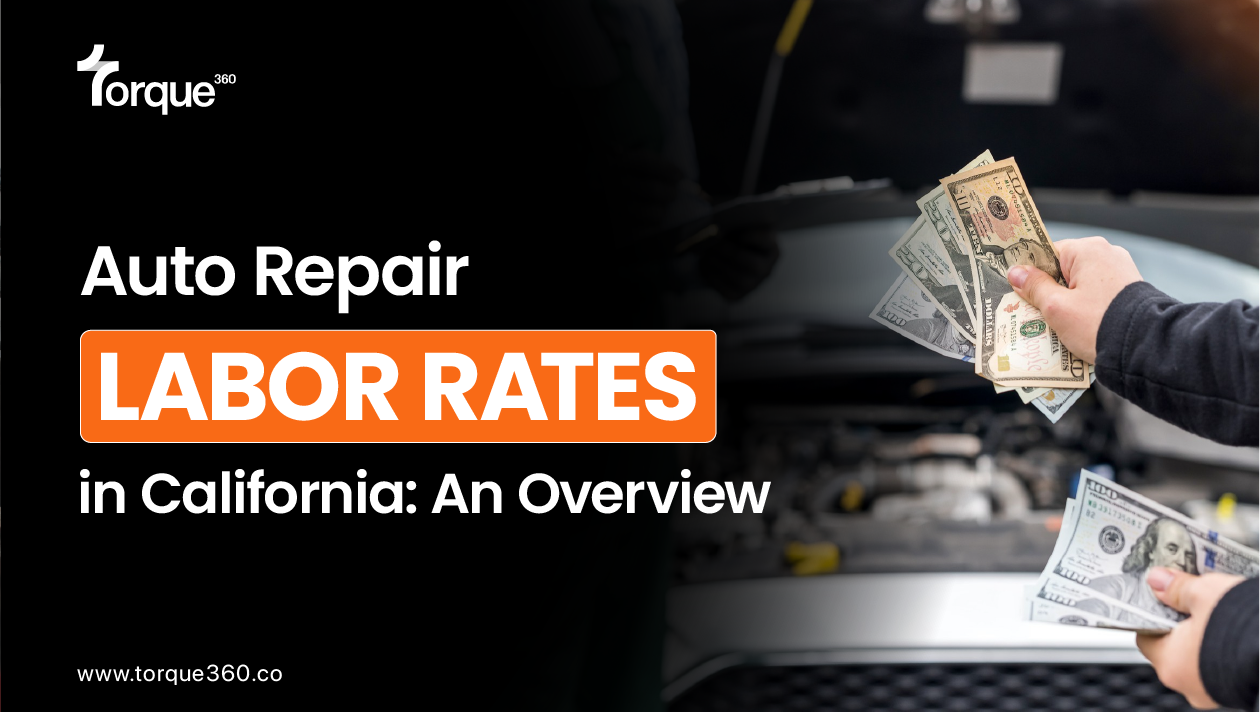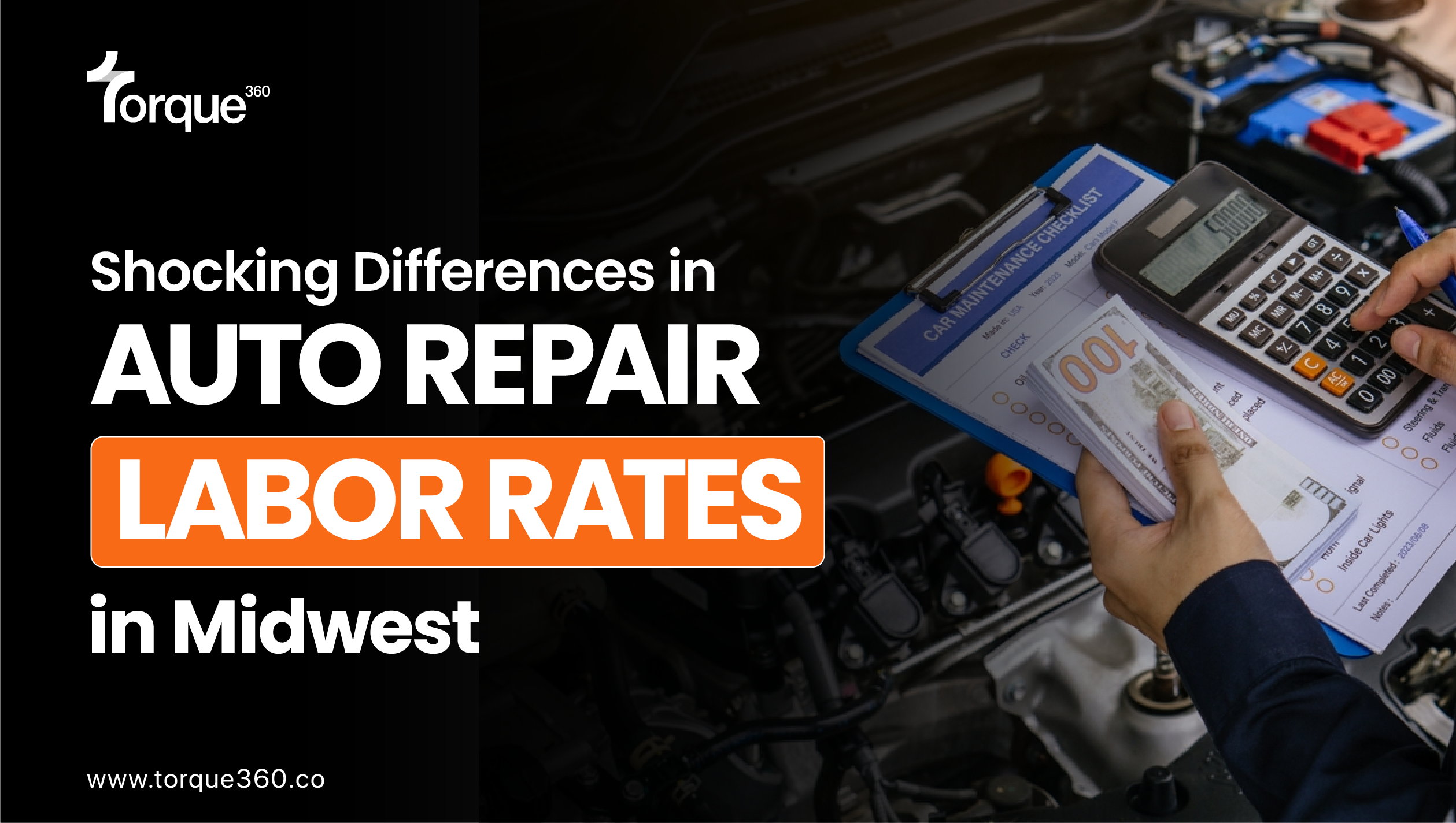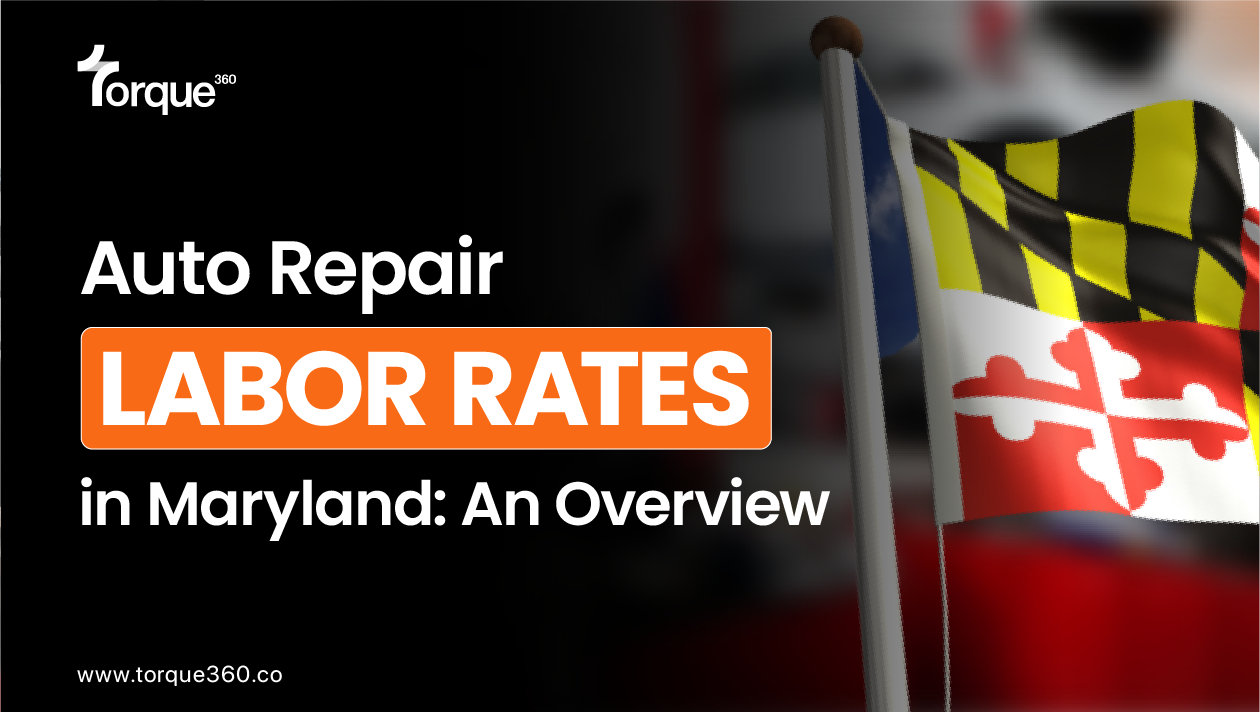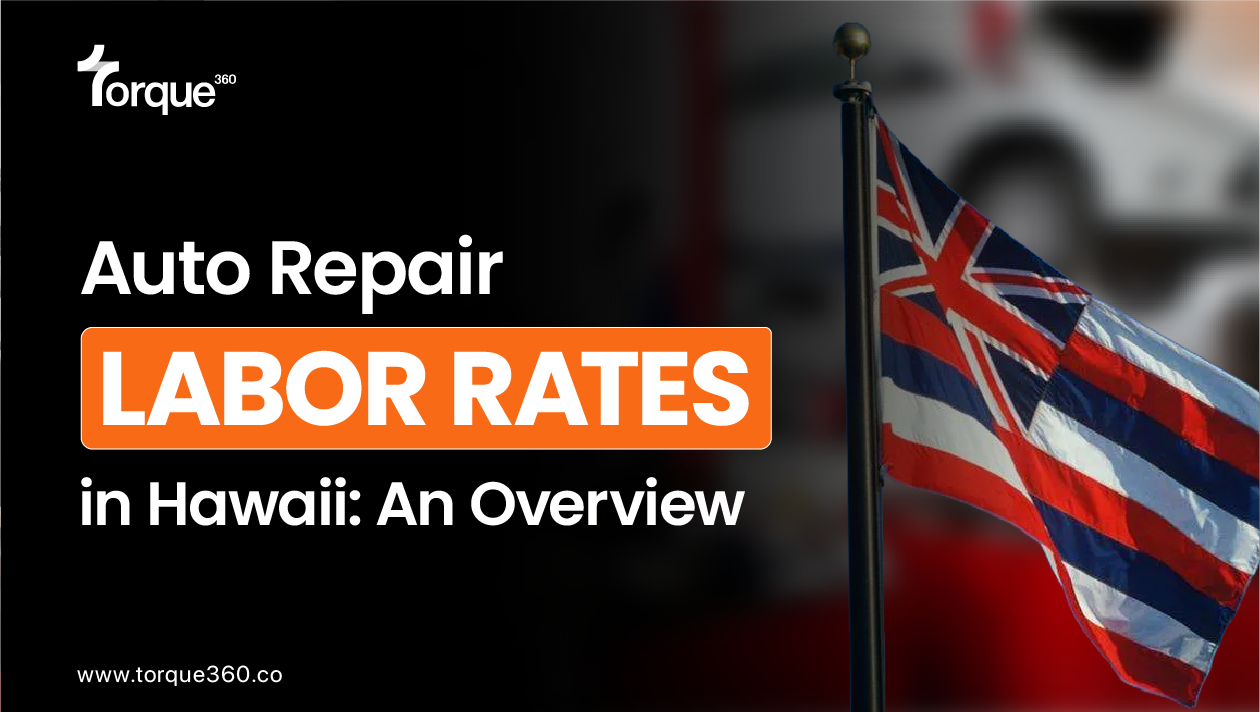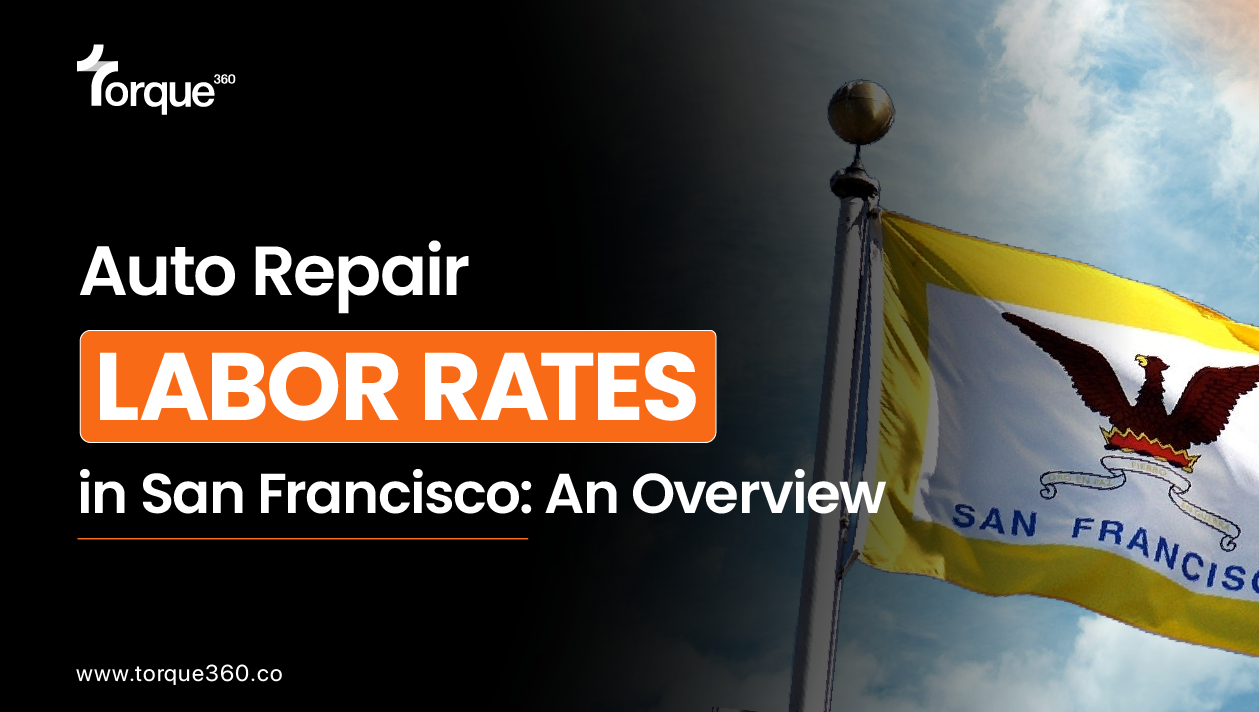Have you ever wondered if your auto repair labor rates are competitive enough to keep your shop thriving in California?
With the state’s rapidly changing economy, auto repair shop owners often face the challenge of balancing competitive pricing and quality service.
Understanding the auto repair labor rates in California is crucial for your business to stay relevant, profitable, and competitive.
This guide will break down the essential aspects of California labor rates, giving you the tools to set your shop’s pricing strategy.
The Landscape of Auto Repair Labor Rates in California
California, with its diverse cities and vast geography, has one of the highest auto repair labor rates in the United States.
From the busiest Los Angeles to the serene streets of Sacramento, the labor rates here often reflect the state’s higher cost of living.
On average, California’s auto repair shops charge around $144.56 per hour—a figure that can vary depending on:
- Location
- Type of repair
- Skillset of the technicians
So, why do rates differ across this golden state?
Well, as you move from urban to suburban or rural areas, you’ll see significant variations.
While Los Angeles may have one of the highest rates in the state, smaller towns like Fresno could offer more affordable options.
As an auto repair shop owner, it’s essential to assess your local market conditions when setting your labor rates.
A Look at Labor Rates Across the State
Here’s a general breakdown of labor rates across different areas in California:
- $297 in San Leandro
- $215 in Castro Valley
- $200 in Los Angeles
- $150 in San Gabriel
- $140 in Bakersfield
For more details, click here!
Comparing California to Other States
California’s labor rates are on the higher end compared to many states.
For Example
In Texas, labor rates hover around $90 per hour, significantly lower than California’s average. This variance shows the impact that the cost of living, demand, and competition have on setting your prices.
While California labor rates can be more expensive, they also allow for a higher potential margin. Knowing how to navigate these rates can give you a competitive advantage in the market.
Here’s a state wise breakdown of auto repair labor rates!
Also, here are the labor rates in New York, Los Angeles, Pennsylvania, and San Francisco.
Factors Influencing Labor Rates in California
Several factors contribute to the California labor rates in auto repair shops. Let’s look at the most significant ones:
Cost of Living
California’s high cost of living directly impacts how much shop owners need to charge to cover operational costs. Cities like San Francisco and Los Angeles have higher overheads, from rent to employee wages, all of which are reflected in their labor rates.
Location and Demand
The more populous and urbanized the area, the higher the labor rate!
If you’re running a shop in a busy metropolitan area, chances are the demand for auto repairs will keep your rates on the higher side. However, this also means more competition, so it’s crucial to stay competitive without underpricing.
Specialization
Does your shop specialize in high-end vehicles or advanced diagnostics?
If so, your labor rates can be higher due to the specialized knowledge and tools required. Many customers are willing to pay a premium for expert service, especially if they own luxury or imported vehicles.
Regulations and Licensing
California’s strict licensing and regulatory standards mean that repair shops must maintain certain certifications and comply with environmental regulations. This can increase your operational costs, influencing your labor rates.
Impact of Labor Rates on Business Operations
Setting and adjusting labor rates isn’t just about keeping up with competitors—it directly impacts your business operations in several ways:
Cost Structure
Higher labor rates naturally increase your operating costs!
Rent, wages, and other overheads in California are higher, which means your rates must cover these costs while leaving room for profit. Balancing these rates without overpricing is essential.
Competitive Positioning
Your labor rates reflect your shop’s position in the market!
A higher rate can signal premium service, while a lower rate might suggest discounts or a focus on high volume. It’s important to find the sweet spot that matches your shop’s reputation and attracts your target customers.
Profit Margins
Fluctuating labor rates have a direct effect on your profit margins!
The higher your labor rates, the more potential revenue you generate per job. However, this comes with the risk of turning customers away if your rates are too high. Keeping a close eye on industry trends will help you optimize your margins without scaring off business.
Service Quality and Expertise
Typically, higher labor rates correspond with more skilled technicians and higher-quality service. Customers often associate higher prices with expert repair services. If you charge top rates, ensure you back it up with the quality of work and customer service that justifies the expense.
Customer Perception
How your customers perceive your labor rates plays a big role in their decision to return!
If they feel they are receiving value for money, they’ll be more likely to trust you with future repairs. Your shop’s reputation can either elevate or hurt your labor rate structure, so it’s important to always meet or exceed customer expectations.
How Software Can Help You Set Your Labor Rates?
Managing your shop’s pricing and labor estimates manually can be overwhelming, especially in a state like California, where rates can fluctuate depending on location and specialization.
That’s where auto repair estimate software comes in.
By using software like Torque360, you can easily set and adjust your labor rates based on real-time data.
The software allows you to:
- Create different labor classes
- Input specific rates
- Automatically apply them when generating quotes for customers
Plus, it integrates seamlessly with industry standards like Epicor, providing accurate labor times and ensuring your estimates are precise.
How to Add Labor Rate in Auto Repair Estimate Software
Managing your labor rates efficiently is crucial for accurate estimates and smooth operations. Follow these simple steps to add labor rates to the Torque360 auto repair estimate software:
Step 1: Log into Your Software
Start by logging into your Torque360 account. Ensure you have the necessary admin privileges to make changes to settings.
Step 2: Navigate to Settings
Once you’re logged in, go to the “Settings” section, usually found in the main menu or on the dashboard. Look for the option labeled “Labor Class”.
Step 3: Create a New Labor Class
Click on the “Create New” button to add a new labor class. A prompt will appear asking for the details of the new labor class.
Step 4: Enter Labor Class Name
In the field labeled “Labor Class Name”, enter the name of the labor class (e.g., General Labor, Premium Labor, etc.). This will help you organize your rates by different types of services.
Step 5: Set Labor Rate Per Hour
In the “Labor Rate per Hour” field, enter the rate for that specific labor class. Make sure the rate reflects your local market conditions (e.g., $144.56 for standard labor in California).
Step 6: Set Default Labor Class (Optional)
If you want this labor class to be the default for all new estimates, you can click the checkbox for “Default”. This will automatically apply the rate whenever you create a new estimate.
Step 7: Save Your Changes
Click “Save” to store the new labor class with its corresponding rate. Now, this labor class is available for use when you generate estimates for your customers.
Step 8: Adjust Labor Class (If Needed)
If you ever need to make adjustments to a labor class, simply go back to the “Labor Class” section and click the “Edit” button next to the relevant class. You can update the details and save the changes.
Step 9: Apply to Estimates
The next time you create an estimate for a customer, the software will automatically use the selected labor class and apply the appropriate labor rate. You can always modify it further if necessary based on the specific job or vehicle.
What You Can Do to Stay Competitive?
Know Your Local Market
Whether you’re located in San Diego, Oakland, or anywhere in between, understanding the local demand and competition is key. Labor rates in California are not uniform across the state, so research your area carefully.
Use Technology
The right software can make all the difference in automating your estimates, tracking labor times, and adjusting rates as necessary. Tools like Torque360 can streamline the process and ensure your shop is always in line with the latest trends.
Offer Exceptional Service
Higher rates are acceptable when customers know they’re getting expert service. If you’re charging top dollar, make sure your staff is trained and equipped to provide top-notch repairs and customer service.
Here are the best automotive mechanic certifications that can help in the training of staff!
Adapt to Market Changes
Labor rates aren’t static. Keep an eye on the local economy, cost of living, and changes in demand to ensure that your rates align with what’s happening around you.
Conclusion
Auto repair labor rates in California play a huge role in shaping the success of your business.
Whether you’re just starting or looking to adjust your pricing, understanding the factors that influence labor rates will give you an edge in managing your costs and profits.
With the right approach and tools, like auto repair estimate software, you can fine-tune your rates to remain competitive while ensuring your shop delivers high-quality service that keeps customers coming back.
So, take a moment to review your current rates—are they in line with the industry standard in California?
Adjust accordingly, and watch your business thrive!
